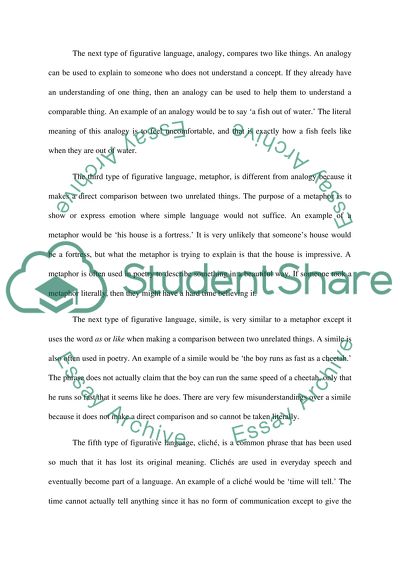Cite this document
(“Figurative Language Versus Literal Language Essay”, n.d.)
Figurative Language Versus Literal Language Essay. Retrieved from https://studentshare.org/education/1454456-assignment
Figurative Language Versus Literal Language Essay. Retrieved from https://studentshare.org/education/1454456-assignment
(Figurative Language Versus Literal Language Essay)
Figurative Language Versus Literal Language Essay. https://studentshare.org/education/1454456-assignment.
Figurative Language Versus Literal Language Essay. https://studentshare.org/education/1454456-assignment.
“Figurative Language Versus Literal Language Essay”, n.d. https://studentshare.org/education/1454456-assignment.


